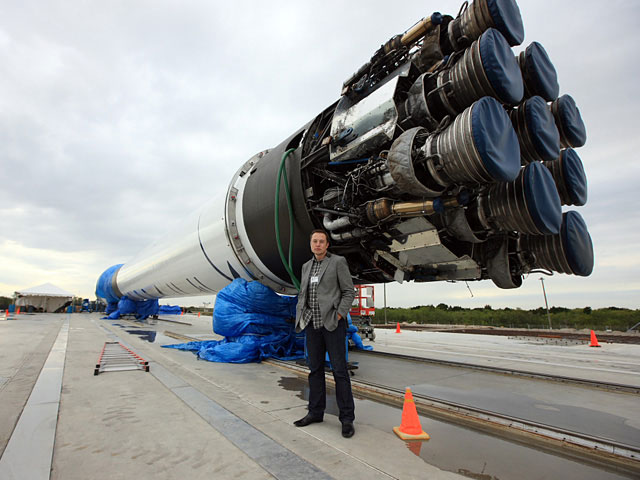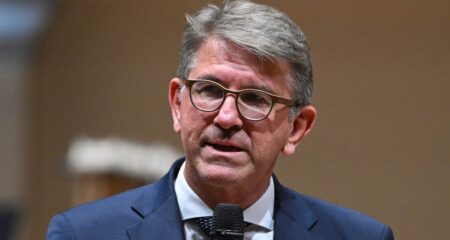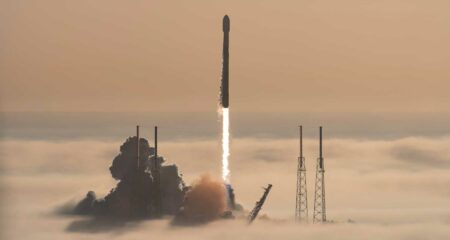
Elon Musk’s SpaceX plans to send two private citizens on a trip around the moon late next year as it continues to work with Nasa for a planned crewed mission to the International Space Station.
The passengers, who each paid a “significant deposit”, will undergo health and fitness tests and begin initial training later this year, the company said in a blog post on Monday.
SpaceX didn’t identify the two citizens or say how much they spent to book the trip that will use the Falcon Heavy, a new rocket in development that SpaceX has yet to fly.
“It’s a pretty big mouthful to take two private citizens to orbit the moon,” Marco Caceres, a senior space analyst with Teal Group, an aerospace and defense market researcher, said in an interview. “It’s pretty risky; these are private citizens, which is different from an astronaut.”
Pulling off a trip around the moon would mark SpaceX’s first foray into space tourism, which Musk has warned will be both dangerous and expensive.
Musk estimated in the northern hemisphere autumn that initial fares will start at about US$200 000 apiece for 100 or more passengers to take a journey to Mars. Richard Branson’s Virgin Galactic and Jeff Bezos’s Blue Origin are among competitors vying for lead position in the nascent recreational space travel market.
“This is about marketing SpaceX and generating excitement, though to be honest, the company could use the revenue,” Luigi Peluso, an aerospace and defence consultant at AlixPartners, said of Monday’s announcement. “The challenge is that Falcon Heavy hasn’t even flown its first voyage yet.”
The Falcon Heavy rocket will complete its first test flight this summer, according to SpaceX.
In addition to the civilian mission, SpaceX also said it will launch an unmanned spacecraft to the International Space Station this year and fly its first crew there in the second quarter of 2018.
SpaceX has contracts with Nasa valued at $4,2bn to resupply the space station using its unmanned Dragon spacecraft and ultimately to ferry astronauts to the station from the US using what’s known as Crew Dragon.
“By also flying privately crewed missions, which Nasa has encouraged, long-term costs to the government decline and more flight reliability history is gained, benefiting both government and private missions,” the company said in the blog post.

Nasa said in a statement it “commends its industry partners for reaching higher”.
The Government Accountability Office said in a report earlier this month that SpaceX and competitor Boeing may not be approved to transport astronauts until 2019 because of potential safety hazards.
“Elon Musk is trying to keep up the excitement,” said Caceres. “But it comes with huge risks when you are talking about launching private citizens on a rocket that has yet to be certified.”
Trump’s goals
US President Donald Trump has indicated support for a more-ambitious space programme, saying in his inaugural address that the US is “ready to unlock the mysteries of space”.
Nasa hasn’t sent people beyond low-Earth orbit since the final moon missions more than 40 years ago, although it did continue manned flights until the Space Shuttle programme ended in 2011.
Musk, who’s also the CEO of Tesla and a member of Trump’s Strategic and Policy Forum, founded SpaceX 15 years ago with the stated goal of creating a human colony on Mars.
The closely-held company makes rockets at its headquarters in Hawthorne, California, and has contracts to launch commercial satellites as well as fly missions for Nasa and the US military.
SpaceX suffered a setback in September when a fireball destroyed a rocket and its payload on a Florida launchpad. The company returned to flight in January following the completion of an investigation into the mishap. — (c) 2017 Bloomberg LP




